sick ponderosa pine
javosc
12 years ago
Related Stories
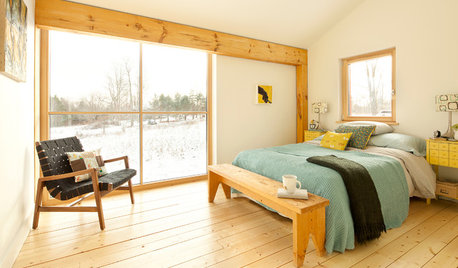
LIFE10 Feel-Better Things to Do on a Sick Day at Home
Nourish, pamper and heal yourself when a cold keeps you housebound, with these restorative ideas
Full Story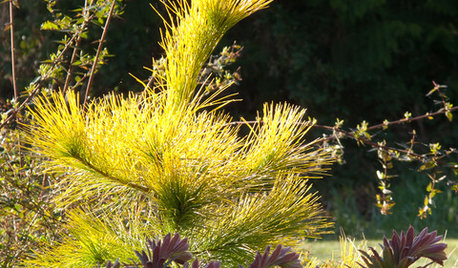
GARDENING GUIDESGreat Design Plant: Louie Eastern White Pine
This stunning golden conifer will bring a smile to your face and add a ray of sunshine to your winter garden
Full Story
WOODKnotty and Nice: Highly Textured Wood Has a Modern Revival
Whether it's cedar, fir or pine, if a wood has a knot, it's hot
Full Story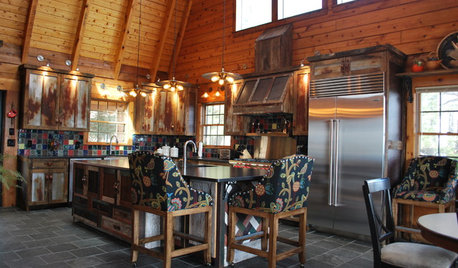
WORKING WITH PROSInside Houzz: New Rustic Style for a Mountain Cabin's Kitchen
A North Carolina couple takes a log cabin kitchen from knotty-pine tear-down to modern-day knockout with rusty tin and reclaimed barnwood
Full Story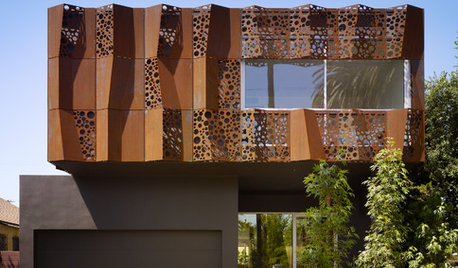
CONTEMPORARY HOMESHouzz Tour: Dappled Light Inspires Artistic Wrapping
Cor-Ten cut with circles mimics the effect of a massive pine tree’s canopy, for a striking look inside and out
Full Story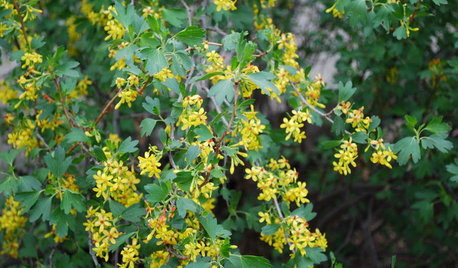
FLOWERSGreat Design Plant: Golden Currant
Cheery yellow flowers with a spicy fragrance and tasty fruit make this native plant a delightful addition to a home garden
Full Story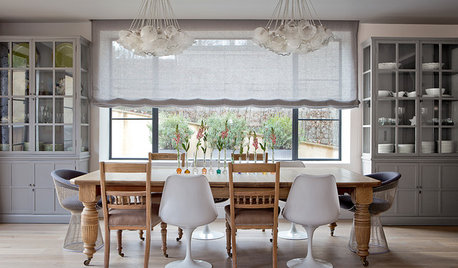
DECORATING GUIDES12 Ways to Beat the Home Decor Blahs
A few easy tweaks will make your house feel new to you
Full Story
COLORColor Ideas for Commitment-Phobes
Safe Ways to Create Your Own Unique Palette for Any Room
Full Story
GREEN BUILDINGHouzz Tour: See a Concrete House With a $0 Energy Bill
Passive House principles and universal design elements result in a home that’ll work efficiently for the long haul
Full Story
HOLIDAYSHow to Care for Your Christmas Tree
Keep your tree looking lush until the last ornament is packed away with these tips for watering, using stands and more
Full Story








Smivies (Ontario - 5b)
csmith19
Related Professionals
Comstock Park Landscape Architects & Landscape Designers · Waunakee Landscape Architects & Landscape Designers · Wheeling Landscape Architects & Landscape Designers · McKinney Landscape Contractors · Aberdeen Landscape Contractors · Blue Springs Landscape Contractors · Dedham Landscape Contractors · Fishers Landscape Contractors · Melrose Park Landscape Contractors · Porterville Landscape Contractors · Red Oak Landscape Contractors · San Pedro Landscape Contractors · Twin Falls Landscape Contractors · Greenfield Landscape Contractors · San Pablo Landscape Contractorsken_adrian Adrian MI cold Z5
pineresin
wisconsitom
pineresin
wisconsitom
jimbobfeeny
wisconsitom
pineresin